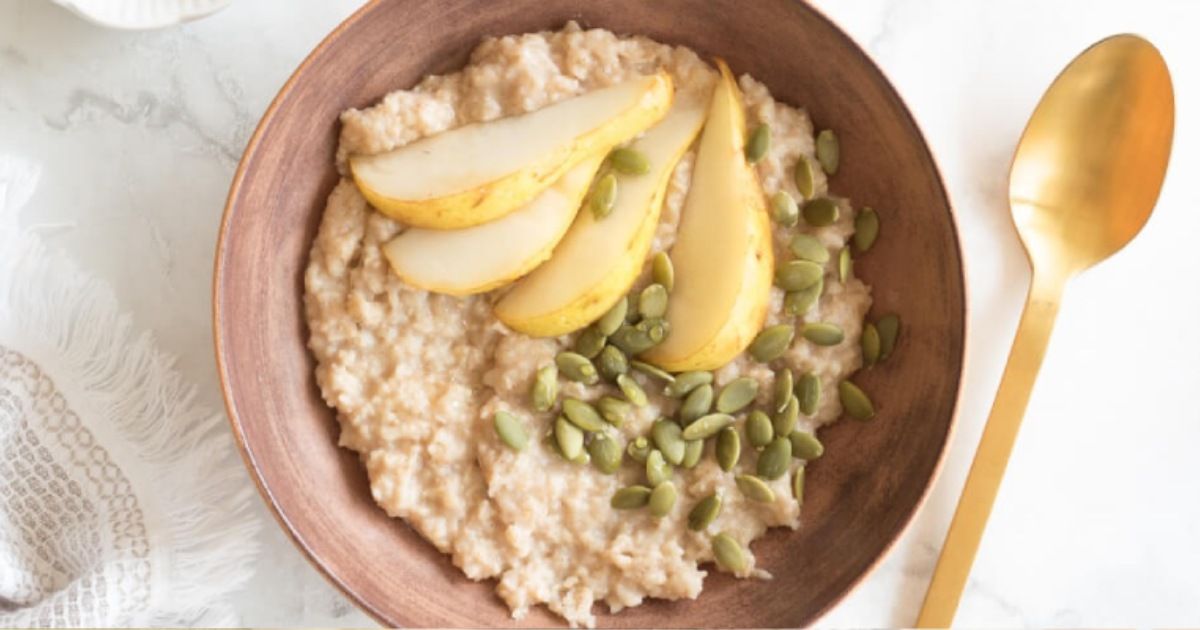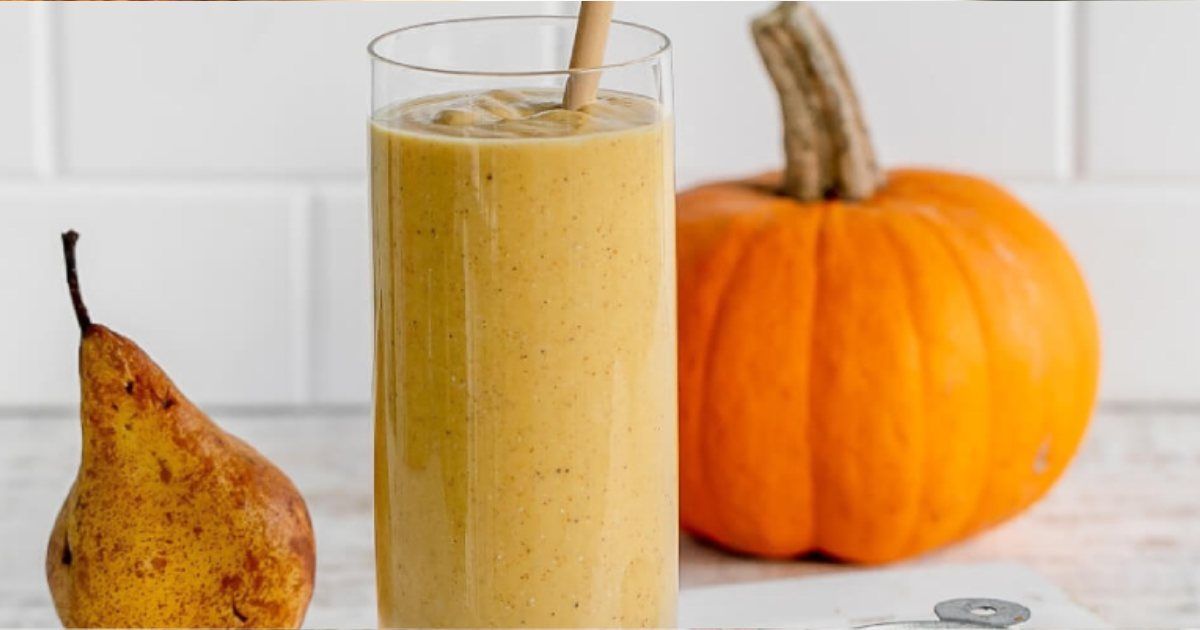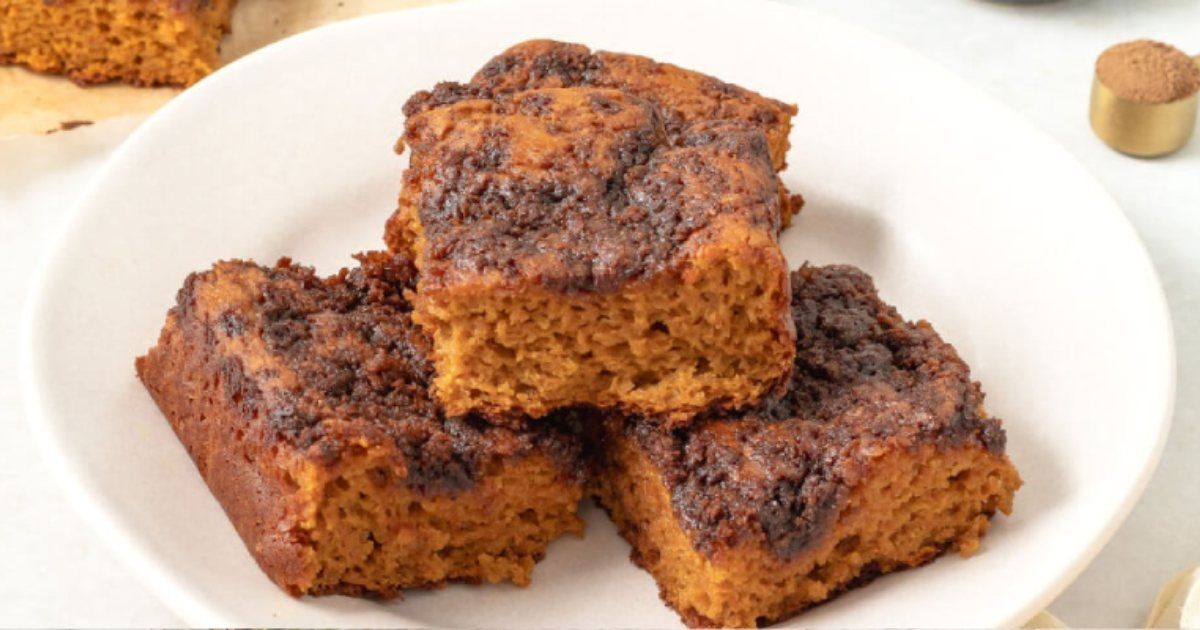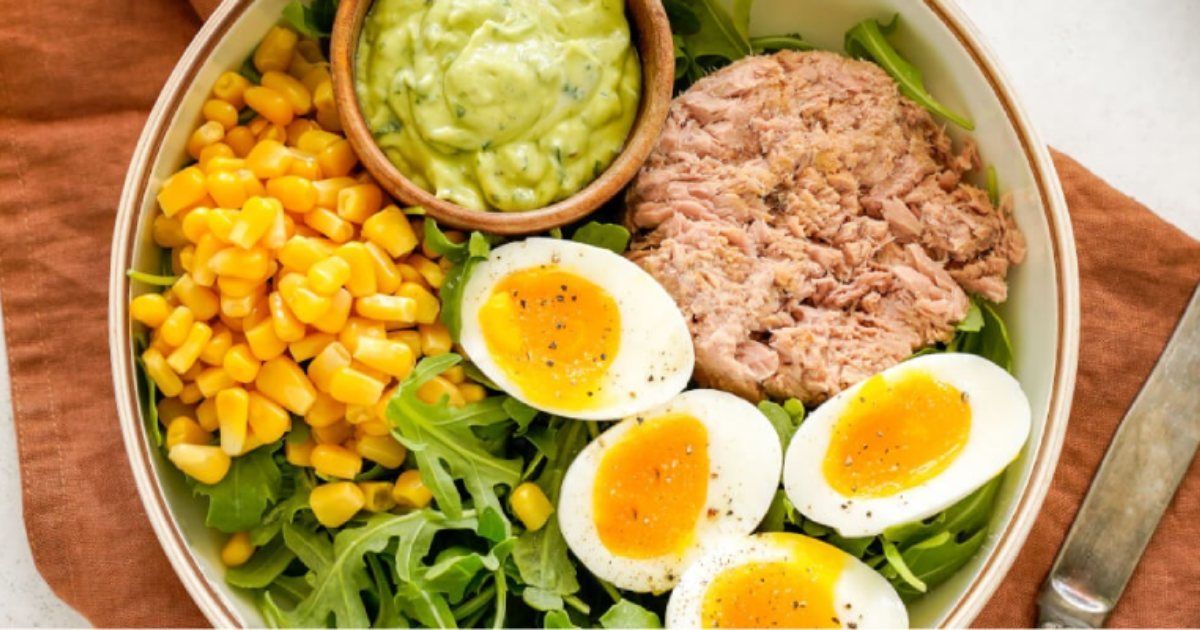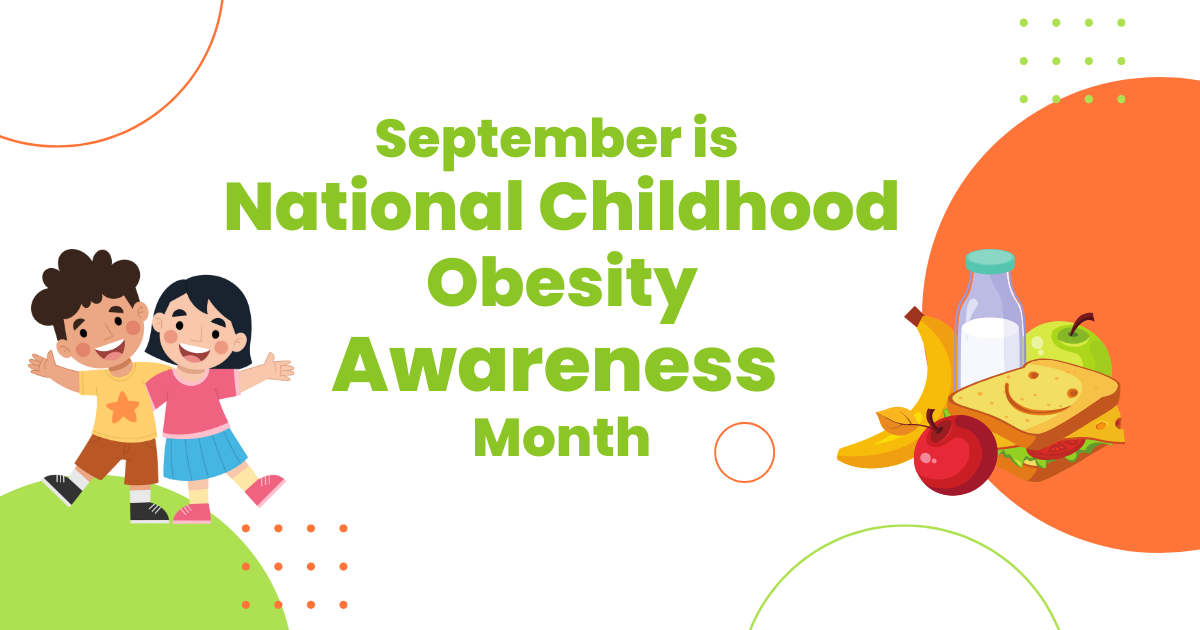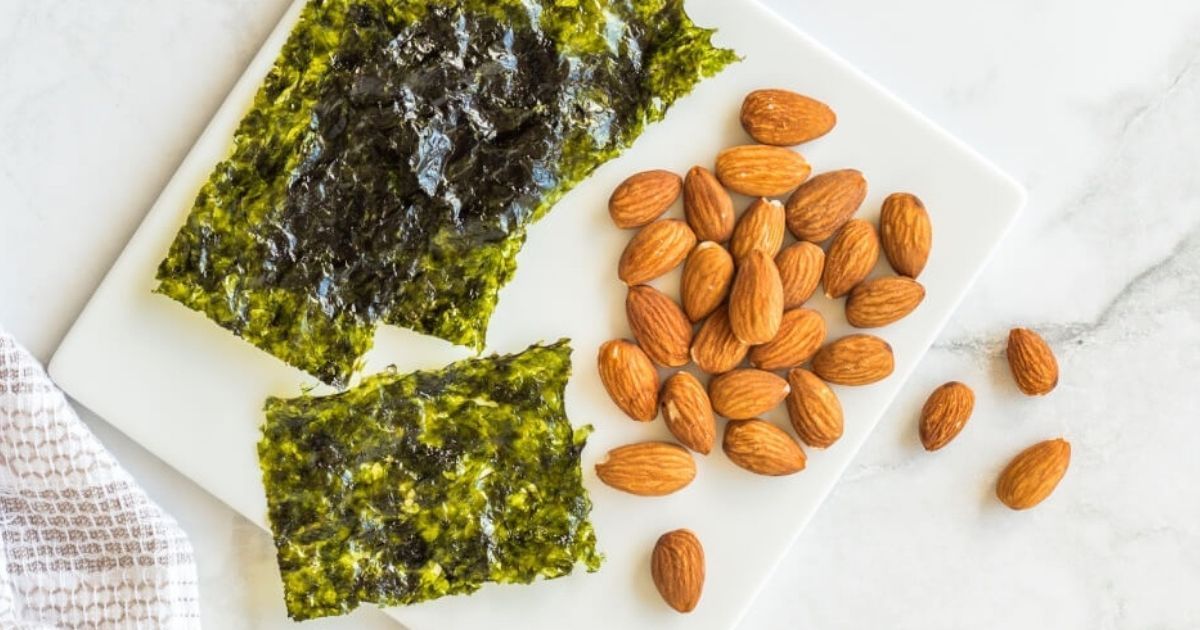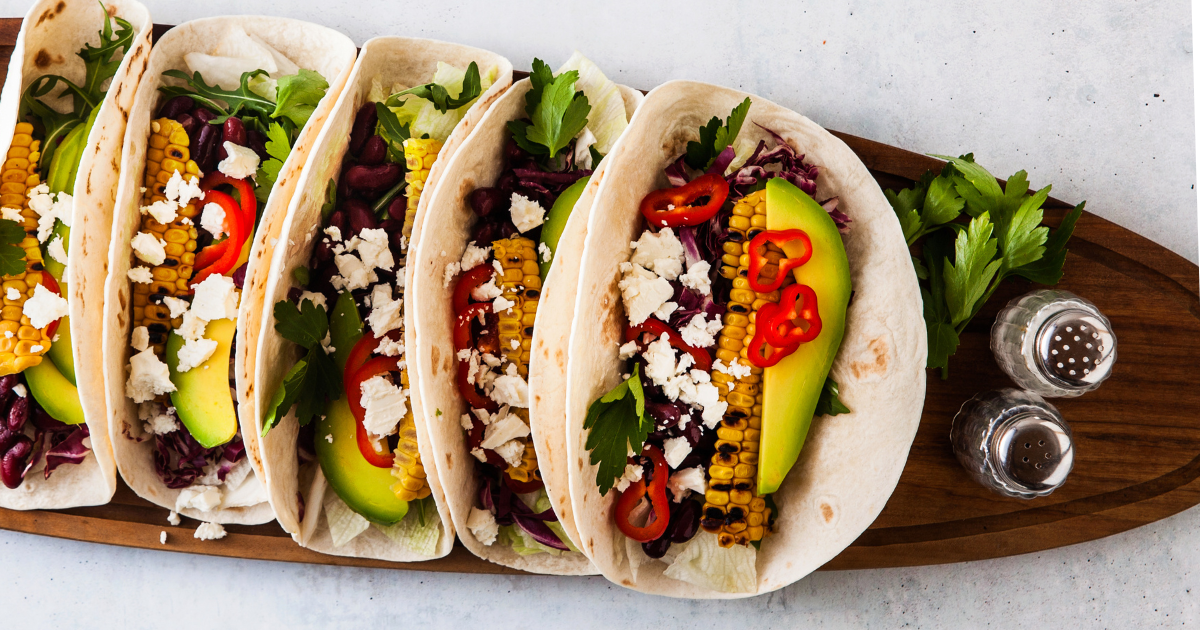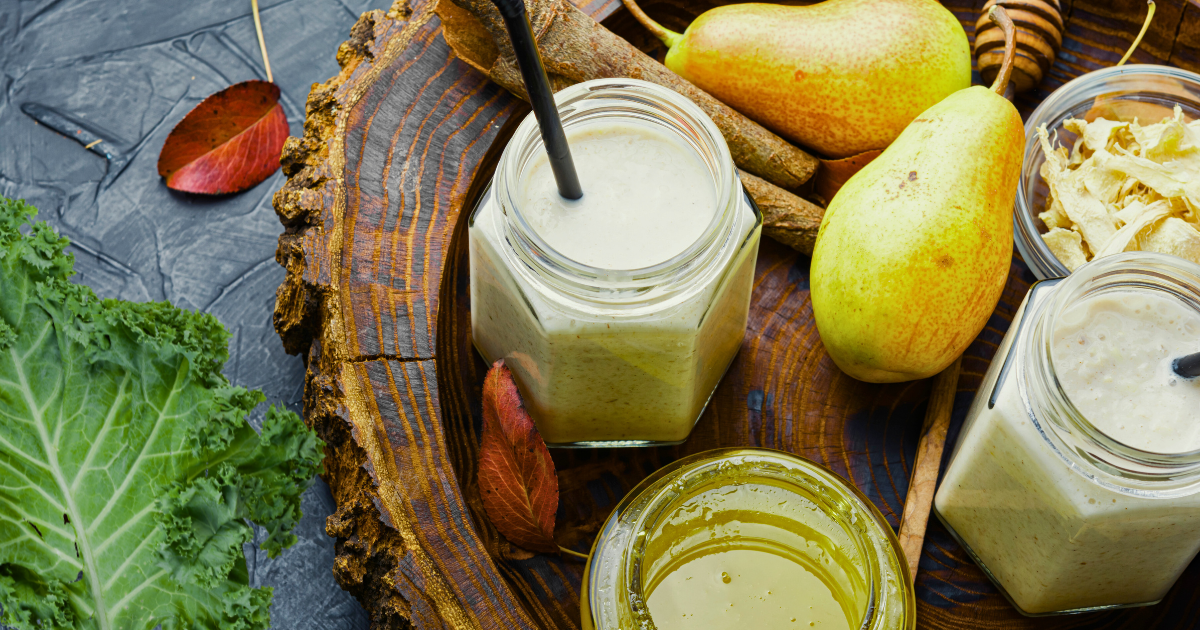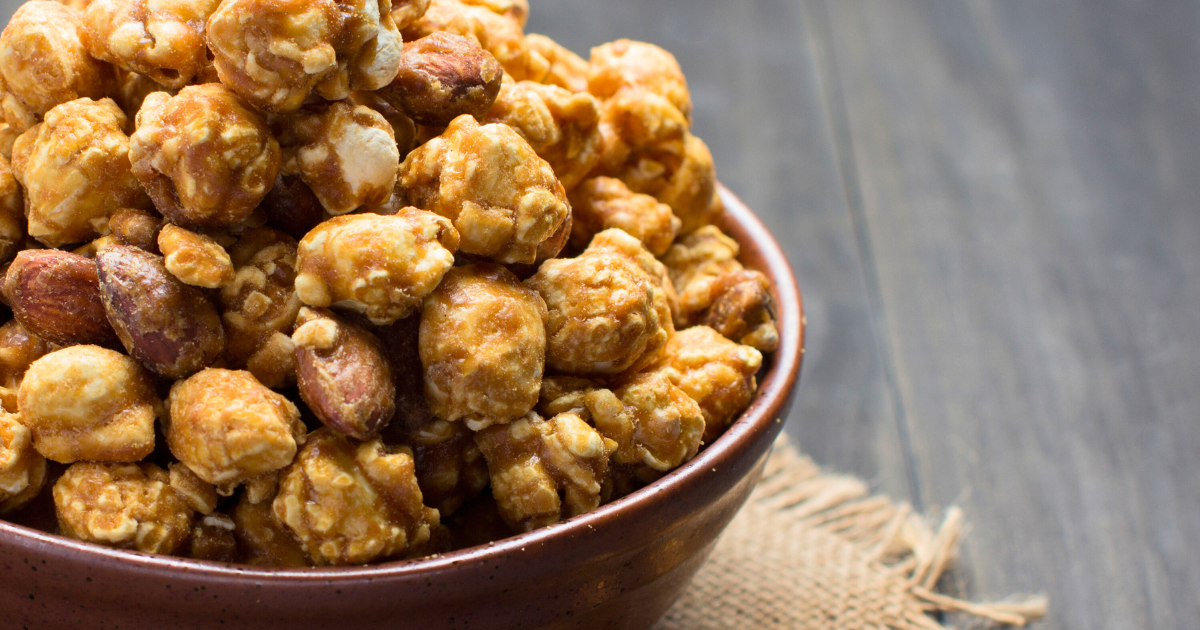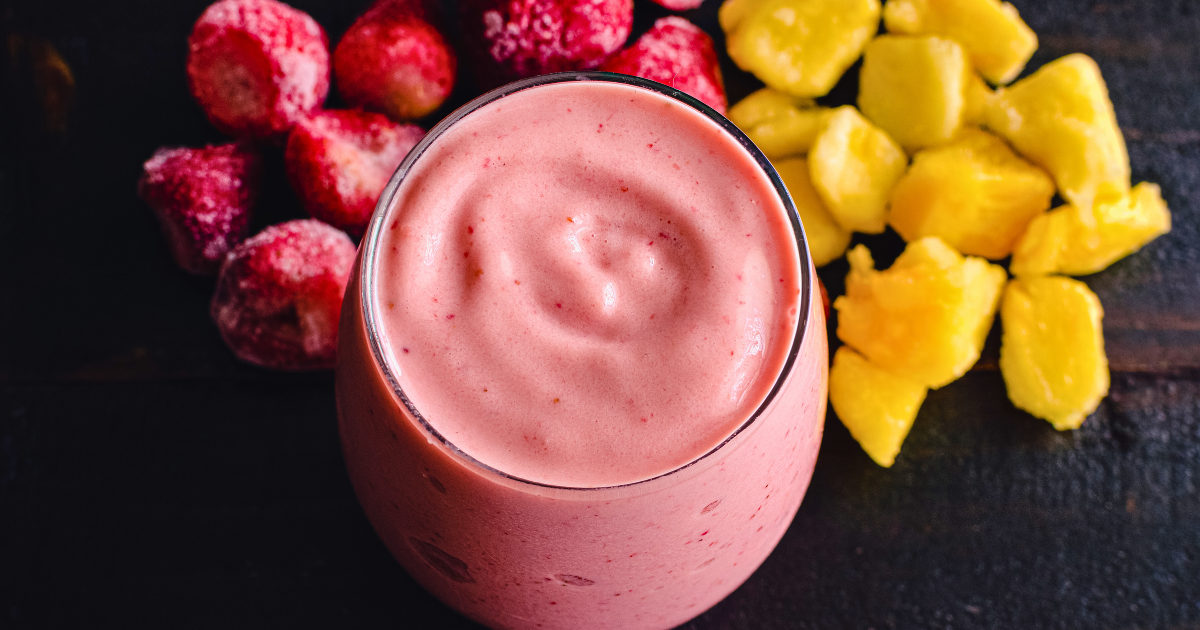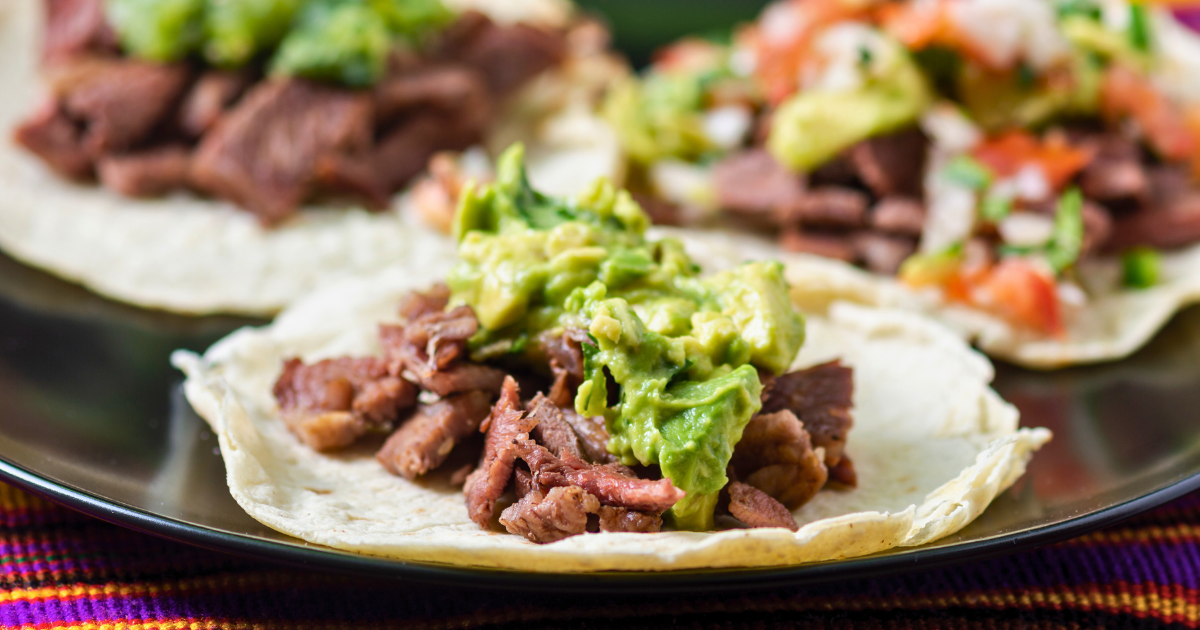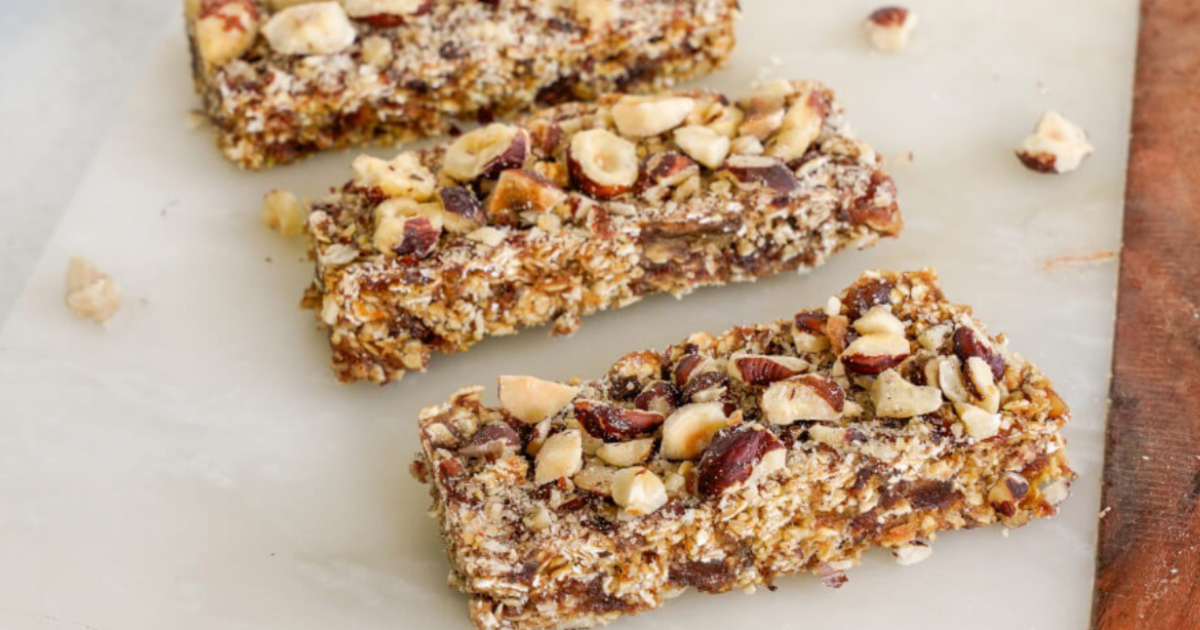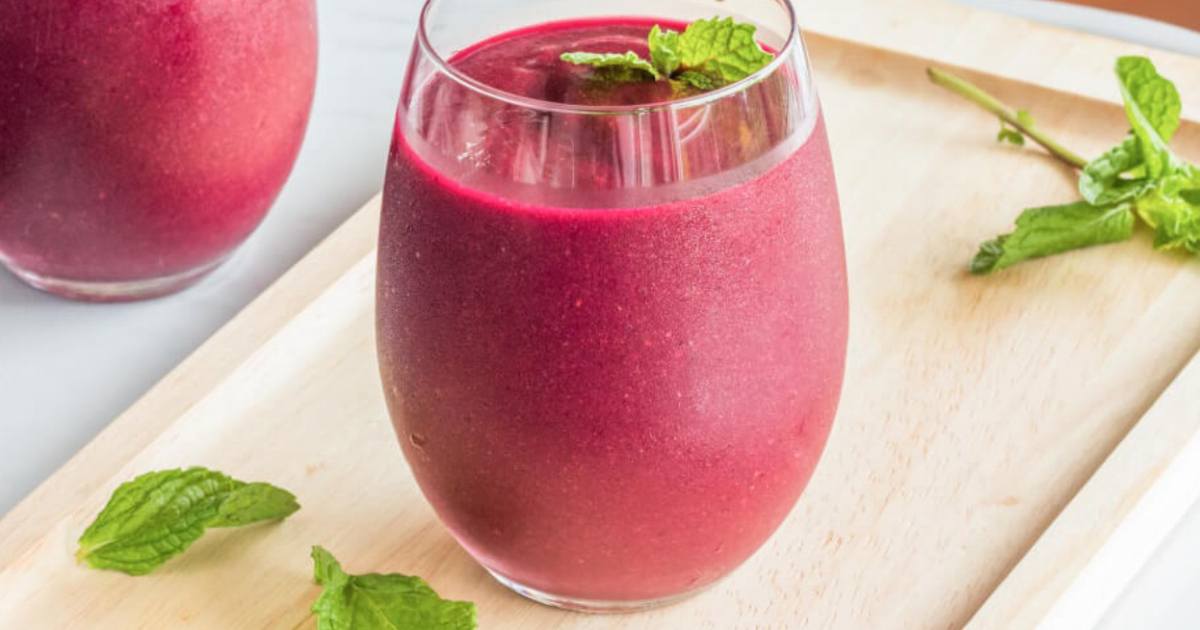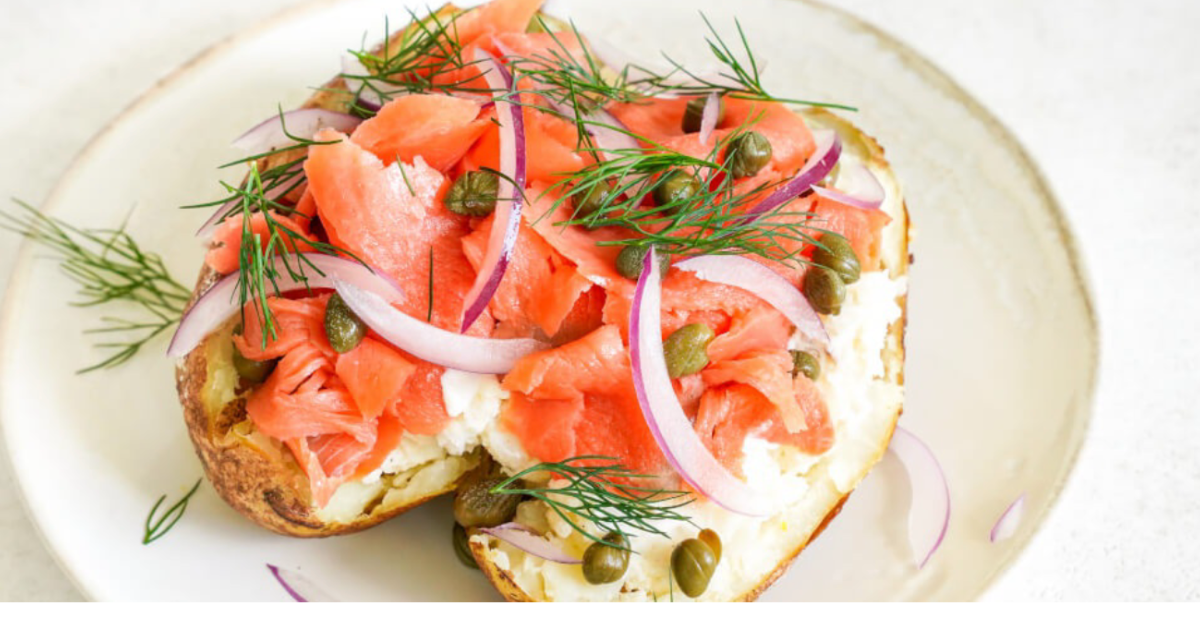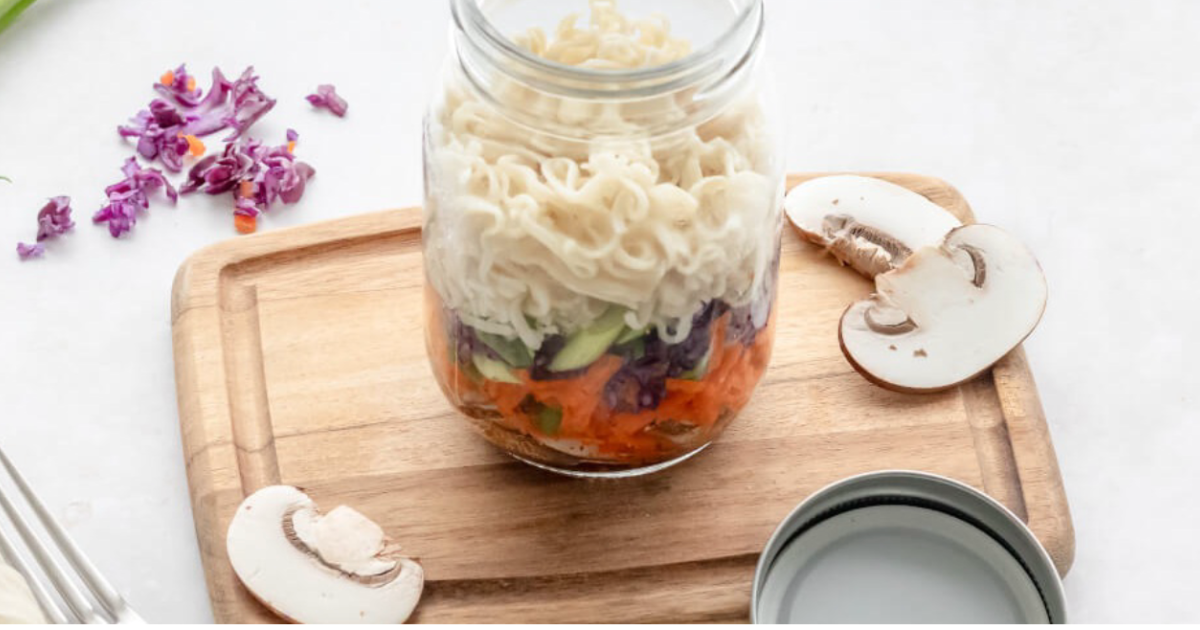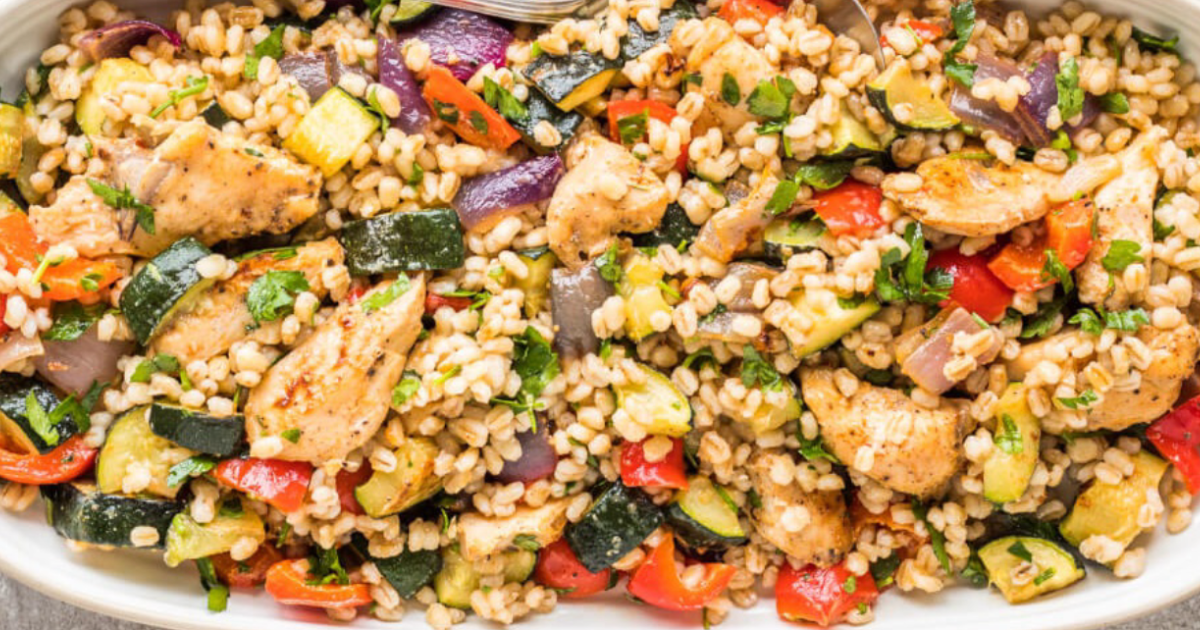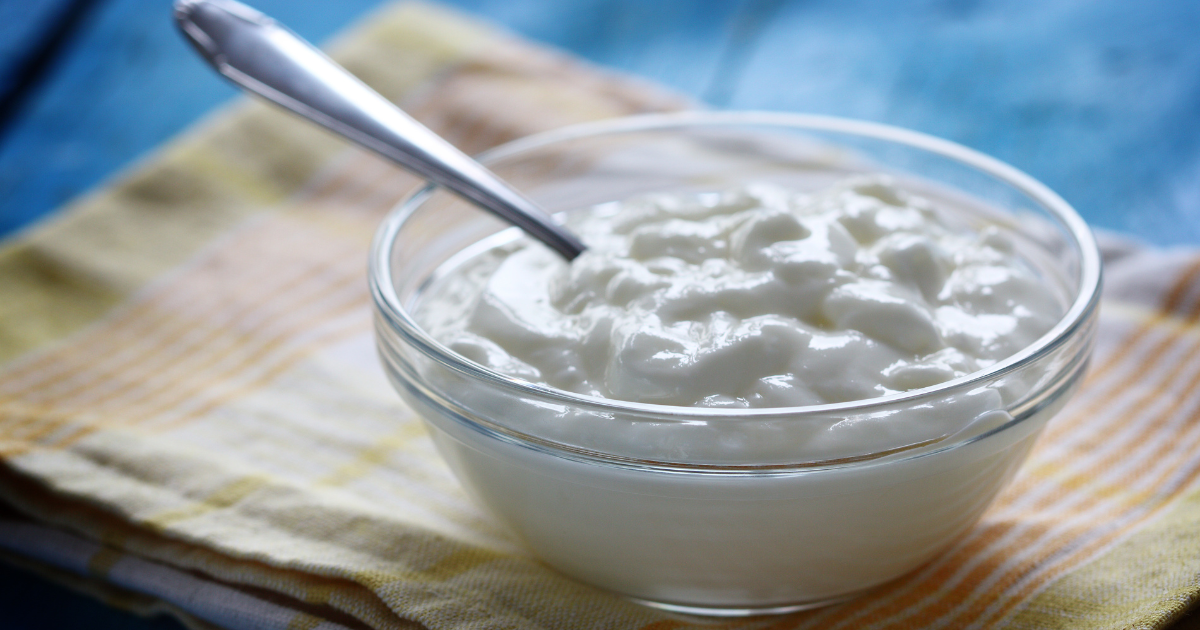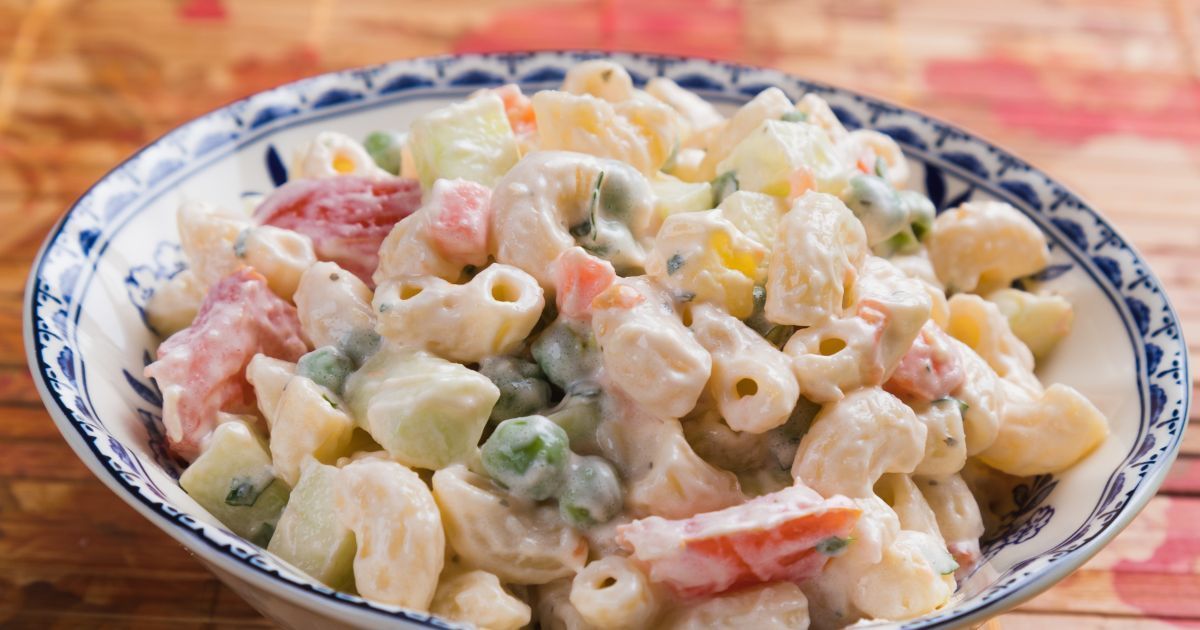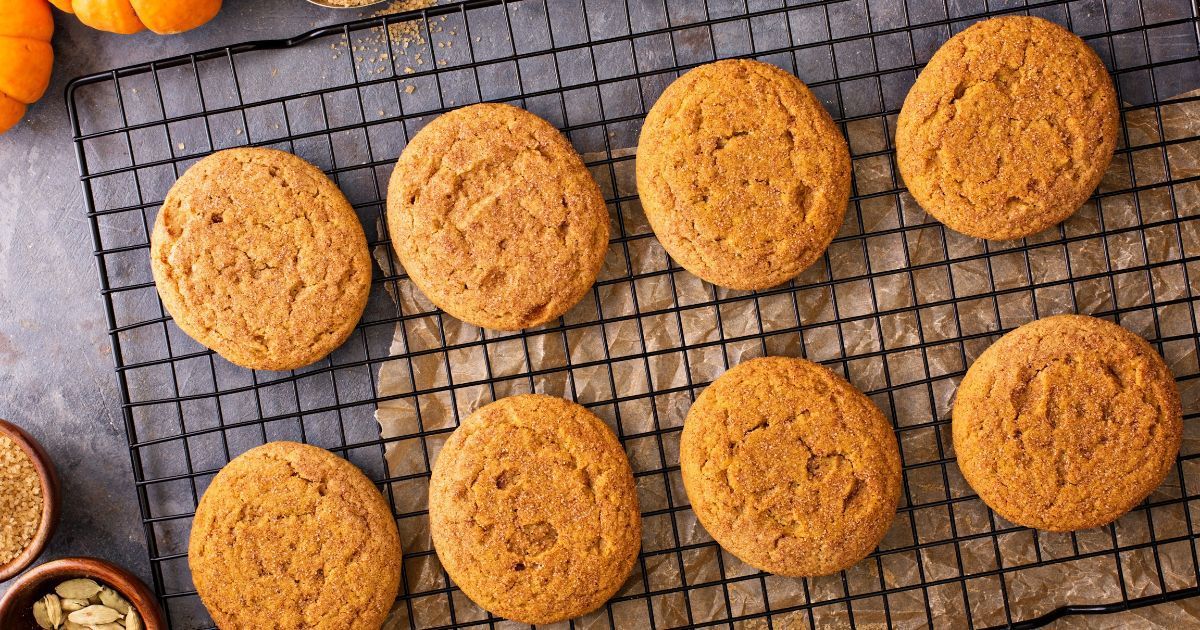Nutrition Blog

As the crisp air rolls in and the leaves begin to change, fall invites us to slow down, cozy up, and nourish our bodies with wholesome, seasonal foods. The cooler months naturally shift our cravings toward warm, comforting meals — and that’s actually your body’s way of preparing for the season ahead.

As the back-to-school season approaches, many parents are juggling school supplies, new schedules, and lunchbox ideas. For families of children living with diabetes or other chronic conditions, there’s an added layer of planning — making sure that snacks and meals support stable energy levels, focus, and overall well-being. The good news? Healthy snacks don’t need to be complicated. With a little preparation, you can create a variety of delicious, nourishing options that help prevent blood sugar spikes and crashes — and support your child’s growth, mood, and academic success. Here are some balanced and diabetes-friendly snack ideas to include in your back-to-school routine: 1. Fresh Fruit + Nut Butter Sliced apples, bananas, or pears with a tablespoon of almond or peanut butter offer a perfect blend of fiber, healthy fats, and protein. This combination helps slow the absorption of sugars into the bloodstream while keeping your child full and satisfied. 2. Greek Yogurt Parfait Layer plain Greek yogurt with fresh berries and a sprinkle of sugar-free granola or rolled oats. The protein in the yogurt balances the natural sugar in the fruit, making this a great morning or afternoon snack. 3. Veggie Sticks + Hummus Crunchy carrot sticks, cucumber rounds, bell pepper strips, or celery paired with hummus offer fiber, plant-based protein, and healthy fats — all great for steady energy and blood sugar control. 4. Cheese + Whole Grain Crackers A few slices of cheese with high-fiber whole-grain crackers is a simple, kid-approved snack. It's satisfying, portable, and balanced. 5. Hard-Boiled Eggs Easy to prep in advance, hard-boiled eggs are a grab-and-go protein source that keeps blood sugars steady and hunger away. 6. Homemade Trail Mix Mix unsalted nuts, seeds, and a small amount of dried fruit for a crunchy, naturally sweet snack. Keep portion sizes in check and avoid added sugars. A small handful is usually enough. 7. Avocado Toast Whole-grain toast topped with mashed avocado and a sprinkle of sea salt is rich in fiber and healthy fats — a snack that fuels brains and bodies alike. 8. Cottage Cheese Snack Jar Layer low-fat cottage cheese with fruit and a few nuts in a small jar. This combo offers calcium, protein, and texture that keeps things interesting. 9. Roasted Chickpeas Crispy roasted chickpeas (store-bought or homemade) are crunchy, satisfying, and loaded with plant protein and fiber. They also pack well in lunchboxes. Support for Parents of Kids with or without Chronic Conditions Whether your child lives with diabetes, food allergies, or no diagnosed condition at all, healthy eating habits benefit every student. The key is balance: combine carbohydrates with protein and/or healthy fats, focus on fiber, and avoid snacks high in added sugars or refined grains. If your child has a chronic health condition, working with a registered dietitian can help you personalize snack options, especially as they grow and their nutritional needs change. But even if your child doesn’t, learning how to nourish them with whole, minimally processed foods is one of the best investments you can make in their long-term health. Final Thoughts Back-to-school time is a fresh opportunity to reset routines and build habits that support learning, energy, and wellness. Snacks are a small but mighty part of your child’s daily nourishment — and with a little planning, they can be both enjoyable and supportive of better health. No matter your child’s health status, building balanced snacks into the school day helps them stay focused, avoid energy crashes, and feel empowered to make better food choices for life.
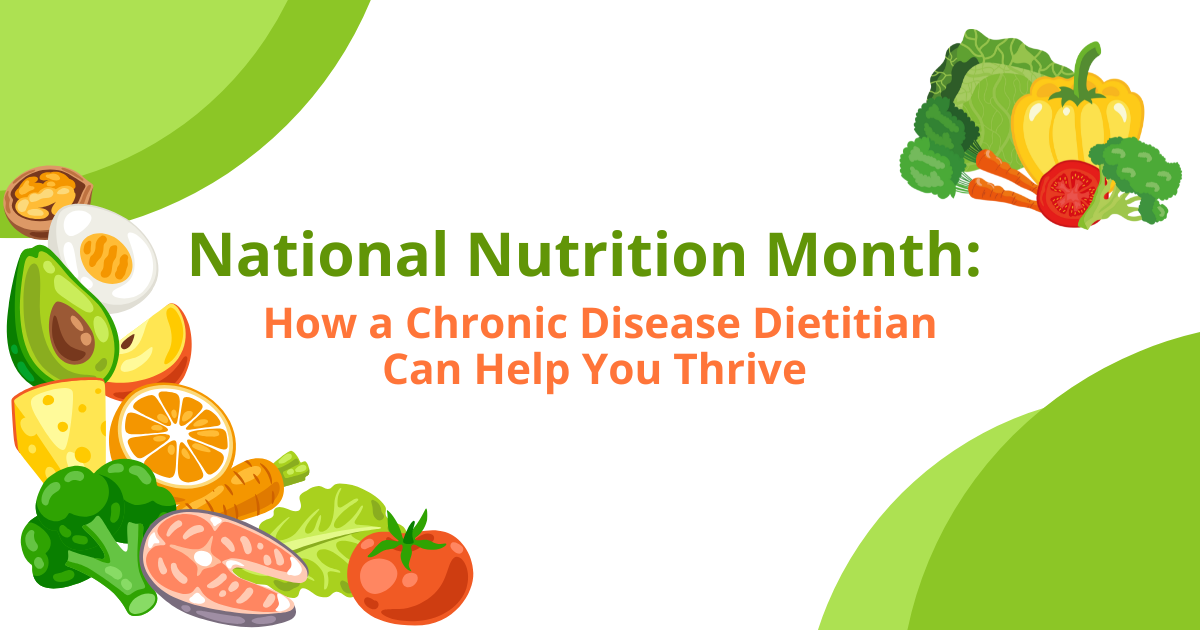
March is National Nutrition Month , a time to celebrate the power of food and its role in our overall health and well-being. This annual campaign, created by the Academy of Nutrition and Dietetics, encourages people to make informed food choices and develop healthier eating habits. While good nutrition is essential for everyone, it plays a particularly critical role in managing and preventing chronic diseases such as diabetes, heart disease, and hypertension. As a chronic disease dietitian , I specialize in helping individuals navigate their health conditions through tailored nutrition strategies. If you or a loved one are struggling with a chronic disease, here’s how working with a dietitian can make a significant difference in your life. Why Nutrition Matters for Chronic Disease Management Many chronic diseases are directly linked to diet and lifestyle. Poor eating habits, excessive sugar and fat intake, and a lack of whole, nutrient-dense foods can contribute to conditions like type 2 diabetes, high blood pressure, and high cholesterol . The good news? Proper nutrition can prevent, manage, and even reverse some of these conditions. By focusing on whole, balanced meals, reducing processed foods, and making mindful dietary choices, you can take control of your health and feel your best. How a Dietitian Can Help You A registered dietitian who specializes in chronic disease management goes beyond general nutrition advice. Here’s what I can do to support you: ✅ Personalized Meal Planning – Every person is different, and so is their nutritional need. I create customized meal plans based on your medical history, lifestyle, and food preferences. ✅ Blood Sugar and Heart Health Management – For those with diabetes or heart disease , I help regulate blood sugar levels, cholesterol, and blood pressure through proper dietary choices. ✅ Weight Management Strategies – Maintaining a healthy weight is crucial for preventing and managing chronic conditions. I guide you with realistic, sustainable weight management techniques. ✅ Education and Support – Understanding the why behind dietary changes makes them easier to implement. I provide education on reading food labels, portion control, and mindful eating to empower you in making healthier decisions. ✅ Delicious & Sustainable Approaches – Eating well doesn't mean giving up your favorite foods! I help you find ways to enjoy nutritious meals while still incorporating the foods you love. Small Changes, Big Results During National Nutrition Month , take a moment to reflect on your eating habits and how they impact your overall health. Simple adjustments, such as incorporating more whole grains, lean proteins, fresh fruits, and vegetables , can make a world of difference in how you feel and how well you manage your condition. Take Charge of Your Health Today If you have a chronic condition and are feeling overwhelmed by conflicting nutrition advice, you don’t have to navigate it alone . Working with a chronic disease dietitian provides you with the knowledge, tools, and support to regain control over your health. This National Nutrition Month, take the first step toward a healthier future. Let’s work together to create a personalized nutrition plan that supports your well-being and helps you thrive ! 💬 Interested in learning more? Contact me today for a consultation!
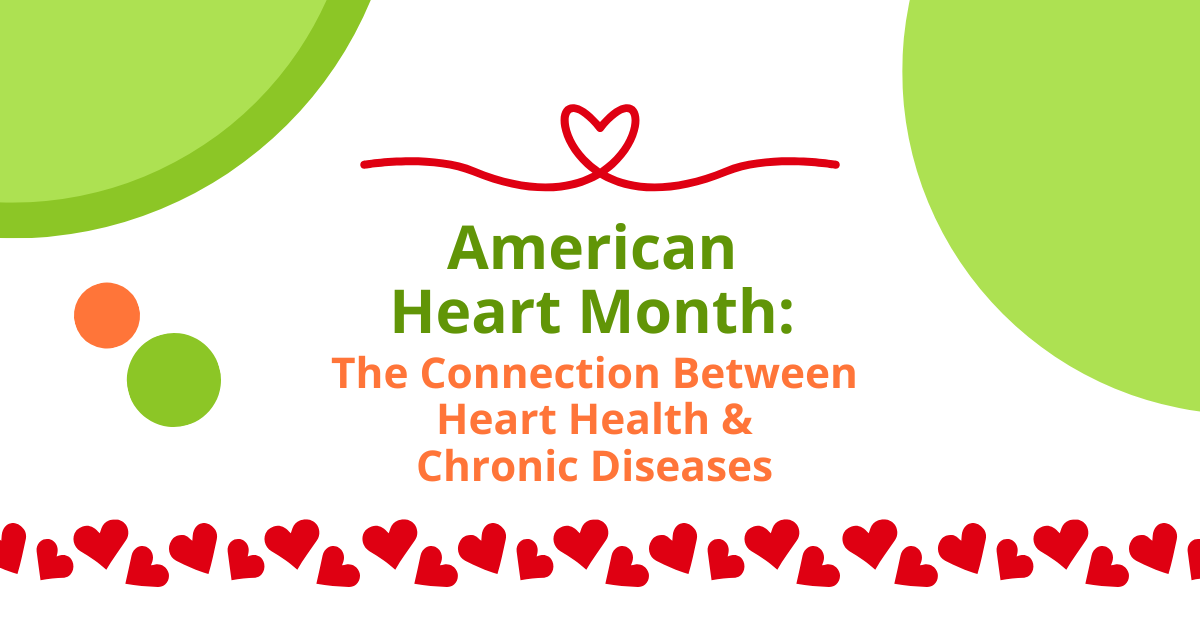
Every February, we recognize American Heart Month, a time to raise awareness about cardiovascular health and the lifestyle choices that impact it. Heart disease remains the leading cause of death in the United States, but it doesn’t stand alone—many chronic diseases, such as diabetes and high blood pressure, are directly linked to heart health. By understanding these connections, we can take proactive steps to improve our well-being and reduce the risk of heart-related complications. The Link Between Heart Health and Chronic Diseases Diabetes and Heart Disease People with diabetes are twice as likely to develop heart disease or experience a stroke compared to those without diabetes. High blood sugar levels can damage blood vessels and nerves that control the heart. Additionally, diabetes often comes with other risk factors, such as high blood pressure, unhealthy cholesterol levels, and obesity—all of which further increase the risk of cardiovascular disease. Hypertension (High Blood Pressure) High blood pressure is one of the biggest risk factors for heart disease. When blood pressure remains consistently high, it puts extra strain on the heart and arteries, increasing the risk of heart attack, stroke, and heart failure. Many people with hypertension may not experience noticeable symptoms, making regular check-ups and lifestyle modifications crucial. Obesity and Heart Disease Carrying excess weight—especially around the abdomen—can lead to conditions such as high cholesterol, high blood pressure, and insulin resistance, all of which contribute to heart disease. A heart-healthy diet combined with regular physical activity can make a significant difference in managing weight and reducing cardiovascular risks. Steps to Protect Your Heart The good news is that lifestyle changes can help prevent or manage many chronic diseases that contribute to heart disease. Here are some essential steps to prioritize heart health: 1. Adopt a Heart-Healthy Diet – Focus on whole grains, legumes, fresh fruits and vegetables, and lean proteins. Reduce sodium, added sugars, and unhealthy fats. 2. Stay Active – Aim for at least 150 minutes of moderate-intensity exercise per week, such as brisk walking, cycling, or swimming. 3. Monitor Your Blood Pressure and Blood Sugar – Regular check-ups can help catch issues early and prevent complications. 4. Manage Stress – Chronic stress can contribute to high blood pressure and heart disease. Mindfulness, meditation, and physical activity can help manage stress levels. 5. Quit Smoking and Limit Alcohol – Smoking and excessive alcohol consumption are major contributors to heart disease. Quitting smoking and moderating alcohol intake can greatly improve heart health. Take Action This American Heart Month American Heart Month is the perfect time to evaluate your lifestyle and make small but impactful changes to protect your heart. Whether you’re managing diabetes, hypertension, or other chronic conditions, prioritizing heart health can improve your overall well-being. Take proactive steps today and encourage your family and friends to do the same—because a healthier heart leads to a longer, more vibrant life. For guidance on heart-healthy meal planning and lifestyle strategies, schedule a consultation with me. Click here
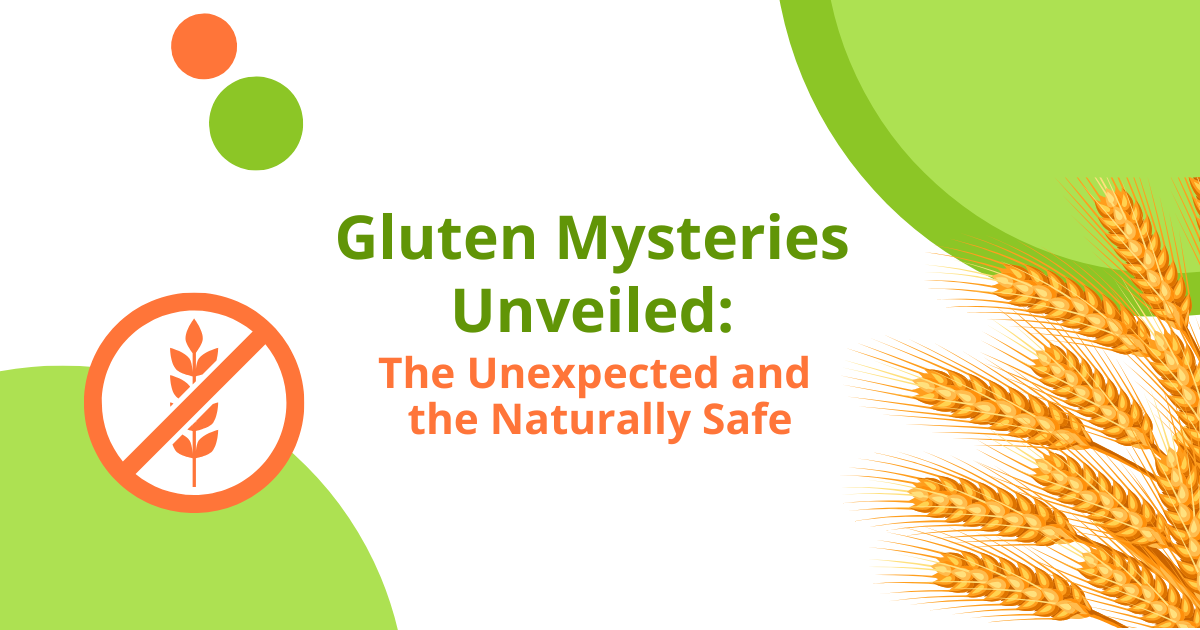
Explore the world of gluten-free living with this guide where we identify often overlooked gluten-containing products and shine a light on surprising, naturally gluten-free alternatives. Whether you're starting a gluten-free lifestyle or looking to expand your dietary choices, understanding what to avoid and what to enjoy can significantly enhance your health and well-being. Here are some products that commonly contain gluten and should be avoided if following a gluten-free diet: Common Gluten-Containing Products: 1. Wheat-based Products: Bread, pasta, cereals, crackers, and flour tortillas. 2. Barley-based Foods: Malt, malt vinegar, and certain cereals or soups. 3. Rye Products: Rye bread, crackers, and rye-based cereals. 4. Baked Goods: Cakes, cookies, muffins, and pastries often contain wheat flour. 5. Beer and Ale: Most are brewed with barley or wheat unless labeled gluten-free. 6. Soy Sauce: Many contain wheat, so opt for gluten-free Tamari or other alternatives. 7. Processed Meats: Some sausages, hot dogs, or deli meats can contain gluten fillers. 8. Certain Dressings and Sauces: Gravies, soy sauces, marinades, and salad dressings may use gluten-containing thickeners. There are many naturally gluten-free foods and products that people often overlook. Here are some that might surprise you: Naturally Gluten-Free Products: 1. Buckwheat: Despite its name, buckwheat is not related to wheat and is gluten-free. It can be used in dishes like soba noodles (verify gluten-free label), pancakes, or porridges. 2. Quinoa: This seed is packed with protein and is a fantastic alternative to grains that contain gluten. 3. Teff: A staple in Ethiopian cuisine, teff is a gluten-free grain that can be used in breads, porridge, and baking. 4. Millet: Often used in birdseed, millet is an ancient grain that is naturally gluten-free and versatile in many recipes. 5. Amaranth: Another seed often mistaken for a grain, amaranth can be used in soups, stews, or even as a porridge. 6. Cornmeal (Polenta): Regular polenta is naturally gluten-free, but always check labels as cross-contamination can occur. 7. Arrowroot Flour: Often used as a thickening agent, arrowroot is a great alternative to cornstarch and is naturally gluten-free. 8. Tapioca: Derived from cassava root, tapioca is gluten-free and used in recipes like puddings and as a thickener. Gluten-Free (Unexpected) Processed Products: 1. Soy Sauce Alternatives (Tamari): While traditional soy sauce often contains wheat, Tamari is a Japanese sauce that is made without wheat and is gluten-free. 2. Rice Paper: Used for making spring rolls, rice paper is gluten-free and an excellent alternative to wheat-based wraps. 3. Vermicelli (Rice Noodles): These noodles are made from rice and are completely gluten-free. 4. Sorghum Syrup: Sorghum is a gluten-free grain, and its syrup is a wonderful natural sweetener. 5. Certain Cereals (Rice and Corn-Based): Many cereals are made with gluten-free ingredients like corn or rice but always check for cross-contamination warnings. 6. Popcorn: Although it might seem obvious, some brands season or package their popcorn with gluten-containing additives. Pure popcorn is gluten-free and a great snack. 7. Cheese and Dairy Products: Plain dairy products are typically gluten-free. However, processed or flavored cheeses can contain gluten, so it's worth checking labels. 8. Coconut Aminos: This is a soy sauce alternative made from the sap of coconut blossoms. It’s naturally gluten-free and low in sodium. If you're exploring gluten-free products for yourself or clients, remember to always check labels for any potential cross-contamination or additives that could introduce gluten. Navigating a gluten-free diet can be straightforward and rewarding when you know where to look. From hidden sources of gluten to a plethora of natural, delicious substitutes, I hope this blog helps you to make informed dietary decisions. Keep a vigilant eye on labels for hidden gluten and cross-contamination to confidently enjoy a diverse, healthy, and gluten-free diet.

Gluten is a protein found in wheat, barley, rye, and triticale (a wheat-rye hybrid). While it provides structure to many baked goods, it can cause serious health problems for certain individuals. A growing awareness of gluten’s effects has led many to adopt a gluten-free diet, either for medical reasons or perceived health benefits. This blog explores gluten, its role in chronic diseases, and key considerations for maintaining a balanced gluten-free lifestyle. What Is Gluten? Gluten is a naturally occurring protein that contributes elasticity to dough and helps it rise. It’s found in many everyday foods, including bread, pasta, and cereals. Other grains, such as corn, rice, and quinoa, also contain proteins classified as glutens, but they do not cause the same issues as wheat, barley, rye, and triticale. Why Go Gluten-Free? For people with specific medical conditions, removing gluten is essential. These conditions include: 1. Celiac Disease Celiac disease is an autoimmune disorder where consuming gluten triggers the immune system to attack the lining of the small intestine. Over time, this damage leads to malabsorption of nutrients and increases the risk of several chronic conditions, such as: Anemia: Resulting from iron deficiency. Osteoporosis: Due to poor calcium and vitamin D absorption. Neurological Disorders: Including migraines and neuropathy. 2. Non-Celiac Gluten Sensitivity (NCGS) NCGS causes symptoms like abdominal pain, bloating, diarrhea, and brain fog without damaging the intestine. Chronic inflammation linked to NCGS can contribute to systemic issues like: Chronic fatigue Digestive imbalances 3. Gluten Ataxia This autoimmune condition affects certain nerve tissues, causing difficulties with muscle control and coordination. 4. Wheat Allergy An allergic reaction to wheat proteins, including gluten, can result in congestion, breathing difficulties, and other symptoms. Gluten-Free Diet and Chronic Diseases Neglecting a necessary gluten-free diet can exacerbate inflammation and increase the risk of chronic diseases: Cardiovascular Disease: Chronic inflammation may heighten the risk of heart problems. Type 1 Diabetes: Often associated with celiac disease, unmanaged gluten intake increases complications. Autoimmune Disorders: Untreated gluten sensitivities can lead to the development of additional autoimmune diseases, such as Hashimoto’s thyroiditis. Tips for Following a Gluten-Free Diet To thrive on a gluten-free diet, it’s crucial to pay close attention to food choices: Allowed Foods: Many naturally gluten-free foods can form the foundation of a nutritious diet: Fruits and Vegetables: Rich in fiber, vitamins, and antioxidants. Beans, Seeds, and Legumes: Excellent plant-based protein sources. Gluten-Free Grains: Rice, quinoa, millet, sorghum, and buckwheat. Lean Proteins: Nonprocessed meat, poultry, and fish. Dairy Products: Most are naturally gluten-free. Foods to Avoid: Eliminate all foods containing wheat, barley, rye, and triticale. This includes: Breads, pastas, and pastries. Beer and malt beverages. Sauces, gravies, and soups made with gluten-containing thickeners. Nutritional Risks of a Gluten-Free Diet A gluten-free diet may lead to unintended nutrient deficiencies if not carefully managed: Fiber: Whole-grain breads and cereals are key fiber sources. Gluten-free alternatives, like rice-based products, often contain less fiber. Consider integrating: Vegetables (e.g., broccoli, carrots). Legumes (e.g., lentils, chickpeas). Vitamins and Minerals: Gluten-free products may lack enriched nutrients like: Iron B Vitamins: Thiamin, niacin, and riboflavin Calcium Folate Supplementing your diet with fortified gluten-free foods or seeking professional guidance ensures nutritional adequacy. Gluten-Free Lifestyle Tips Successfully maintaining a gluten-free diet requires vigilance: Label Reading: Learn to spot hidden gluten in processed foods. Kitchen Practices: Avoid cross-contamination by storing and preparing gluten-free foods separately Dining Out: Research gluten-free menus in advance and communicate your dietary needs clearly Final Thoughts For individuals diagnosed with celiac disease or other gluten-related conditions, a gluten-free diet is not a trend but a medical necessity. While the gluten-free lifestyle may seem restrictive, careful planning and attention to nutrient needs can make it a balanced and healthy way to live. Working with a registered dietitian can help you navigate these challenges and tailor your diet to meet your unique nutritional requirements. By addressing gluten-related sensitivities, you can prevent chronic disease complications, improve your quality of life, and enjoy food with confidence.




